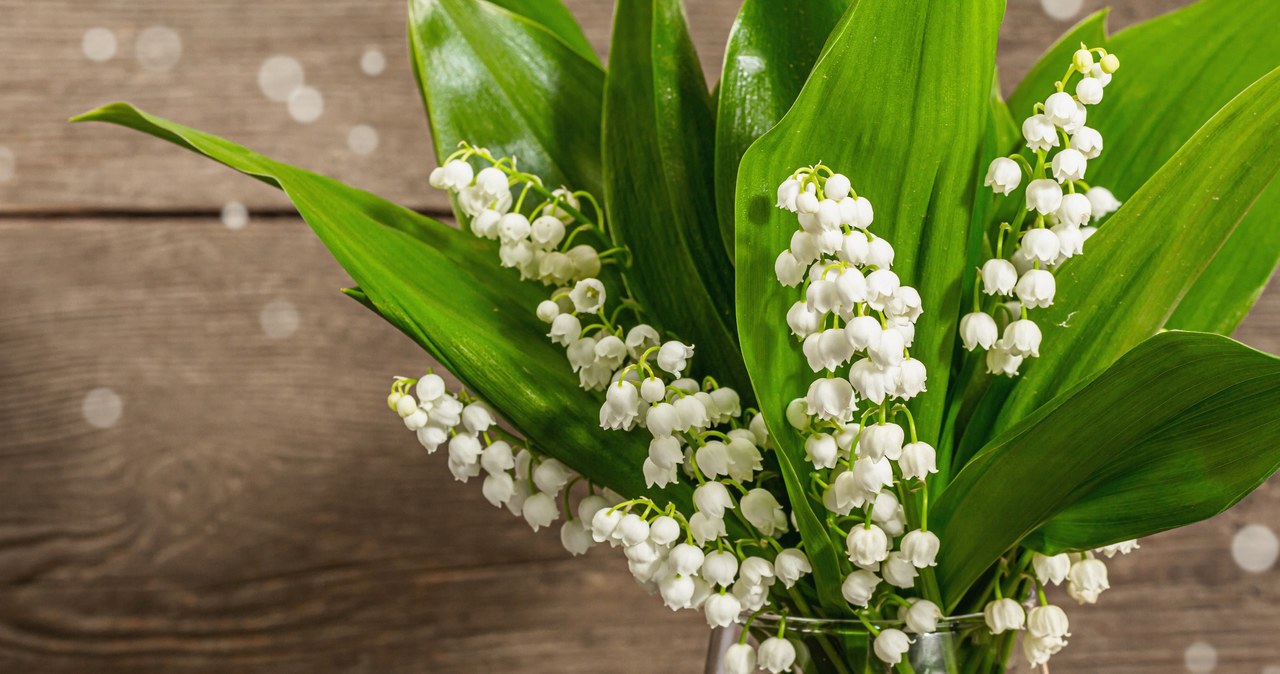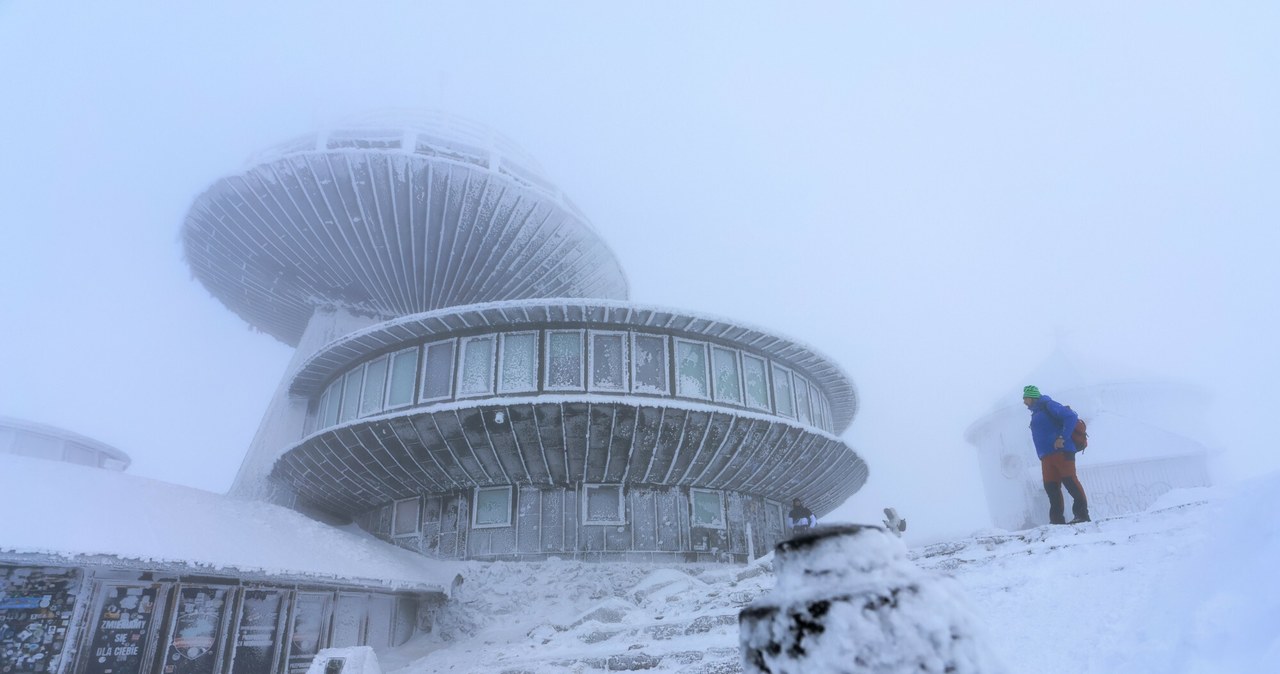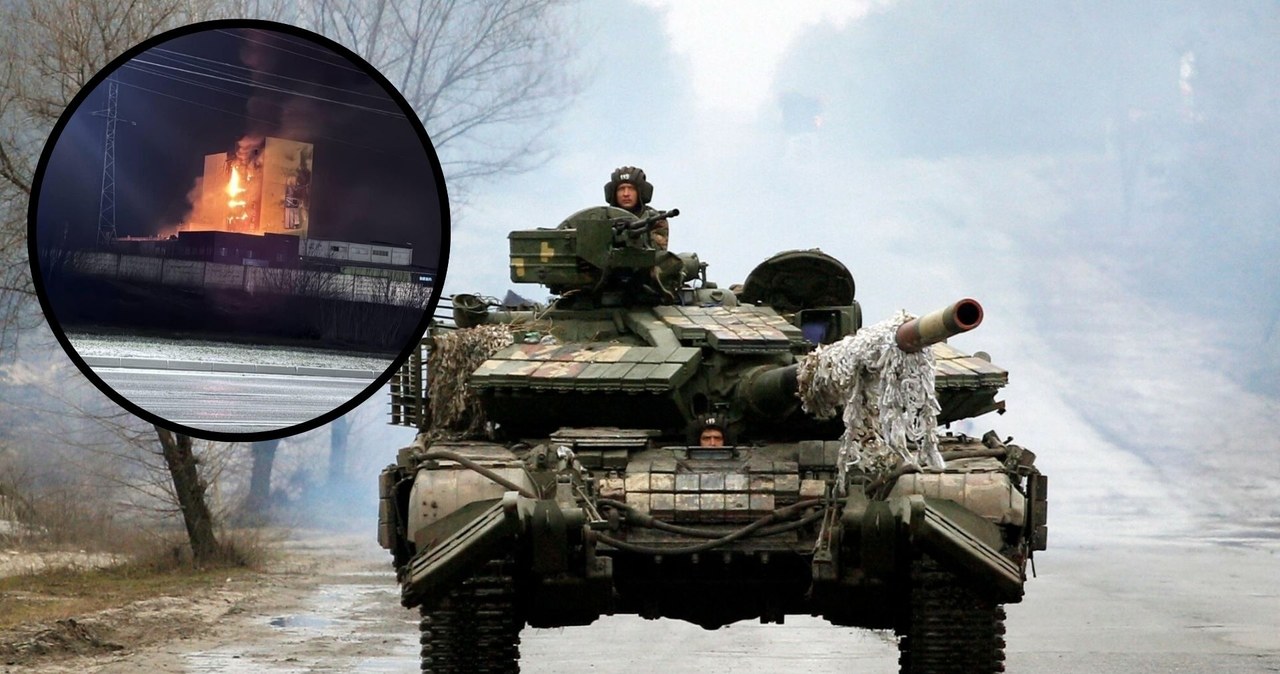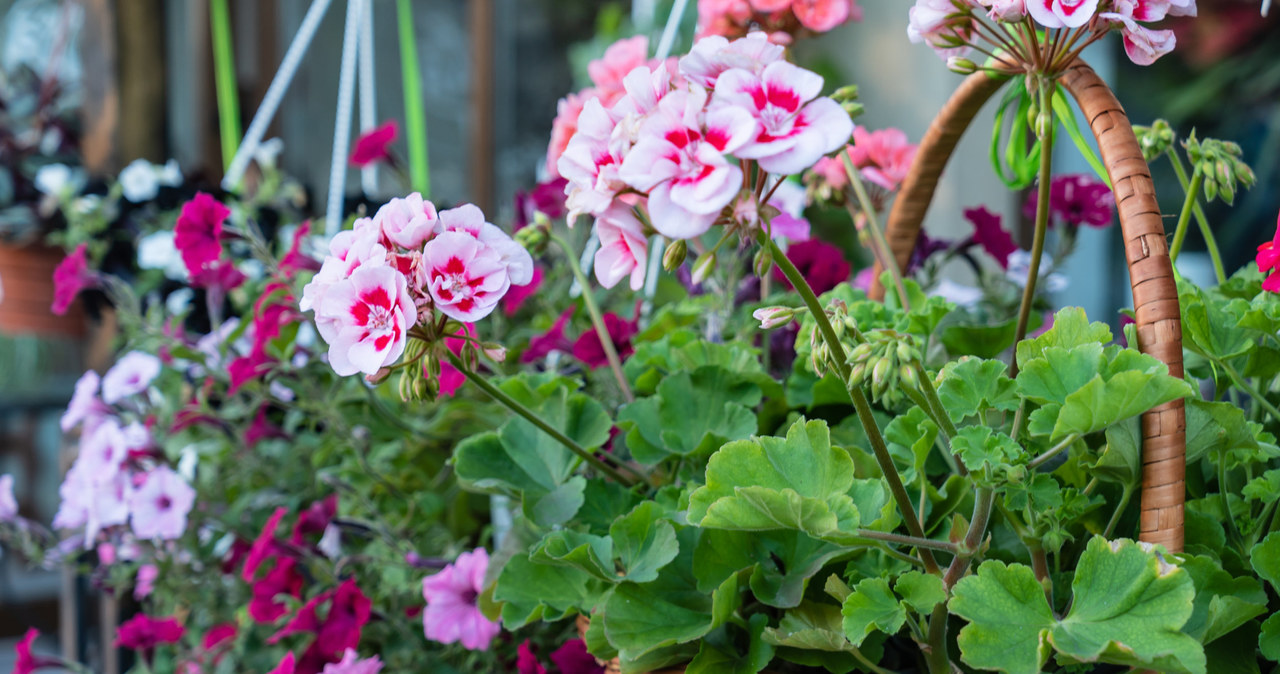The Seven Wonders of the World are famous, but what about those that didn’t quite make the cut? Take our word for it—they are just as worth seeing (Poziom B1)
The Seven Wonders of the World are famous, but what about those that didn’t quite make the cut? Take our word for it—they are just as worth seeing. But visits to some of these marvels need to be timed just right, as they only happen a few months out of the year. Whether it’s a special chemical reaction or a synchronized mating ritual, these splendors deserve a spot in your schedule. In every corner of the world, Mother Nature has something up her sleeve that continues to shock visitors year after year.
Crooked Forest
Otherworldly Natural Phenomena You’ve Got to See
Foto: Newsweek
Gryfino, Poland
What might appear to be a regular grove of trees from a distance is far from that upon closer inspection. Around 400 pine trees, each less than 100 years old, make up what is known as the “crooked forest” due to the inexplicable way each one developed with a crooked trunk at its base before straightening back up.
Lake Abraham
Zdjęcie główne
Alberta, Canada
Each winter, as this lake begins to freeze over, what happens under the surface is much more curious than what meets the eye. Bubbles of methane form on the floor of the lake throughout the year and as the temperatures drop, the orbs rise and freeze at various heights in the water. These beautiful patterns can be dangerous though; if a bubble cracks, highly flammable gas is released.
Catatumbo Lightning
Otherworldly Natural Phenomena You’ve Got to See
Foto: Newsweek
Maracaibo, Venezuela
Where the Catatumbo River meets Lake Maracaibo, lightning does, in fact, strike twice. It has been known to flash up to 250 times per square kilometer (.4 mile) per year, leading to up to 300 storm days annually, with the best time for viewing June through November. NASA says it is the highest concentration of lightning on earth.
Sea of Stars
Otherworldly Natural Phenomena You’ve Got to See
Foto: Newsweek
Vaadho, Maldives
The Maldives is known for its beautiful turquoise waters and bungalows, but what’s going on just under the sea is at least as impressive. In the late summer, the reefs around the Maldives fill with bioluminescent phytoplankton; ignited by the movement of the waves, they make the water glow like a star-filled sky.
Kawah Ijen Crater
Otherworldly Natural Phenomena You’ve Got to See
Foto: Newsweek
java, Indonesia
While lava typically appears bright red or orange, due to a chemical reaction when sulfur meets the air at this volcano, the lava shines a bright blue color that is only really visible after sundown. Visiting this region is not for the faint of heart, though, due to the presence of toxic gases that make this act of nature possible—but also inhospitable to humans.
Caño Cristales
Otherworldly Natural Phenomena You’ve Got to See
Foto: Newsweek
Meta, Colombia
During part of the year, red algae flowers make this river in the National Park of La Macarena shine a vibrant, ruby-red color. The peak time to see the colors in full form is late summer to early autumn.
Starling Murmuration
Otherworldly Natural Phenomena You’ve Got to See
Foto: Newsweek
United Kingdom
In what mimics a dark cloud moving through the air every fall across the United Kingdom, onlookers can witness this amazing display of animals working in ways humans have yet to fully understand. Anywhere from hundreds to thousands of these birds group together, creating this synchronized dance in the sky.
Synchronous Fireflies
Otherworldly Natural Phenomena You’ve Got to See
Foto: Newsweek
Great Smoky Mountains, Tennessee and North Carolina
Did you see that? In a rare occurrence of non-human life working in mysterious ways, thousands of fireflies gather together and flash simultaneously every few seconds during their mating ritual, which lasts for only two weeks a year, usually sometime during May or June.
[SŁOWNICZEK]
make the cut – przejść eliminacje
mating ritual – rytuał godowy
have something up one’s sleeve – mieć coś w zanadrzu
grove of trees – niewielki las, skupisko drzew
make up something – tworzyć coś, składać się (na coś)
inexplicable way – niewytłumaczalny sposób
crooked trunk – krzywy pień
what meets the eye – to, co widać na pierwszy rzut oka
orb – koło
highly flammable gas – wysoce łatwopalny gaz
lightning – piorun
flash up – błyskać się
ignite – zapalić
glow – jarzyć / świecić się
sulfur – siarka
faint of heart – o słabych nerwach
inhospitable – niegościnny, surowy (np. klimat)
shimmering iridescent clouds – migoczące, opalizujące chmury
high altitude – duża wysokość
lustrous, mother-of-pearl effect – lśniący efekt masy perłowej
rare occurrence – rzadkie zjawisko
firefly – świetlik
Task 1
Read the text and answer the following questions: Where…
1. … should you not go if you are afraid of thunderstorms?
2. … can you see a grove of oddly shaped pine trees?
3. … do you have a rare occasion to see stratospheric clouds characterized by brilliant iridescent colors?
4. … can you see species that can synchronize their flashing light patterns?
5. … can you see an active volcanic crater famous for its bright blue color?
6. … can you find beautiful natural phenomenon glowing underwater?
Task 2
Watch the video from 01:44–05:00 and answer the following questions:
1. What is the Giant’s Causeway in Northern Ireland?
2. According to folklore, who built it?
3. Why is Lake Natron in tanzania inhospitable for most animals?
4. What rock formations are characteristic of the White Desert in Egypt?
5. Why does the Indonesian volcano burn bright blue?
6. What is the Wave in Arizona made of?
Task 3
Describe the issue presented in the article. Use the expressions listed below. They will help you give structure to the text analysis.
key words:
natural phenomena
wonders of the world
collocations with positive meaning:
beautiful patterns
amazing display
beautiful turquoise waters
eye-catching
collocations with negative meaning:
dark cloud
faint of heart
toxic gases
destructive chemical reaction
action verb phrases:
create a synchronized dance in the sky
make up the crooked forest
crystallize the moisture in the air
create a lustrous,
mother-of-pearl effect
Record your text analysis on a voice recorder or practice delivering your presentation in a group setting.
Examples:
The Seven Wonders of the World are …
But visits to some of these marvels …
In every corner of the world, …
Task 4
Translate the sentences below using the suggested word or phrase. (See Key)
(happens … curious) To, co dzieje się pod powierzchnią, jest o wiele ciekawsze niż to, co widać na pierwszy rzut oka.
(cracks … released) Te piękne wzory mogą być jednak niebezpieczne; jeśli bańka pęknie, uwolniony zostaje wysoce łatwopalny gaz.
(gather together … flash) Tysiące świetlików gromadzą się i migają jednocześnie co kilka sekund podczas swojego rytuału godowego.
(lasts … sometime during) Trwa to tylko dwa tygodnie w roku, zwykle w okolicach maja lub czerwca.
(see … full form) Szczytowy czas, aby zobaczyć kolory w pełnej formie, to późne lato do wczesnej jesieni.
(says … lightning) NASA twierdzi, że jest to największa koncentracja piorunów na Ziemi.
You can use your translations in your presentation of the topic (in Task 6).
Task 5
Continue the translation using the suggested word or phrase. Remember: It’s not about translating these sentences perfectly—there are a number of possible ways to translate each sentence. This task aims to teach you TO THINK IN ENGLISH. By working on your translation of a sentence, you can change it to get closer to the sense of the original (see Key).
Anywhere od setek do tysięcy tych ptaków group together, tworząc this synchronized dance na niebie.
To, co może wydawać się zwykłym niewielkim lasem from a distance, is far from that przy bliższym przyjrzeniu się.
Około 400 sosen, z których każda ma mniej niż 100 lat, tworzy what is known as „krzywy las”.
Malediwy słyną z pięknych turkusowych wód and bungalows.
Ale to, co dzieje się tuż under the sea, jest at least równie imponujące.
Lawa shines jasnoniebieskim kolorem, który jest naprawdę widoczny dopiero po zachodzie słońca.
You can use your translations in your presentation of the topic (in Task 6).
Task 6
Now it’s time to put forward your views on the issues. Record your speech on a voice recorder or practice presenting your opinion in a group setting.
Consider the issues raised in the text from these viewpoints:
Nature: Natural phenomena
There are some otherworldly …
Mother Nature continues to shock …
Tourism: Wonders of the world
For those of you who like …
You’ve also got to see …
Personal: Amazing spots
Each place has something unique …
Depending on what you prefer, you can …








